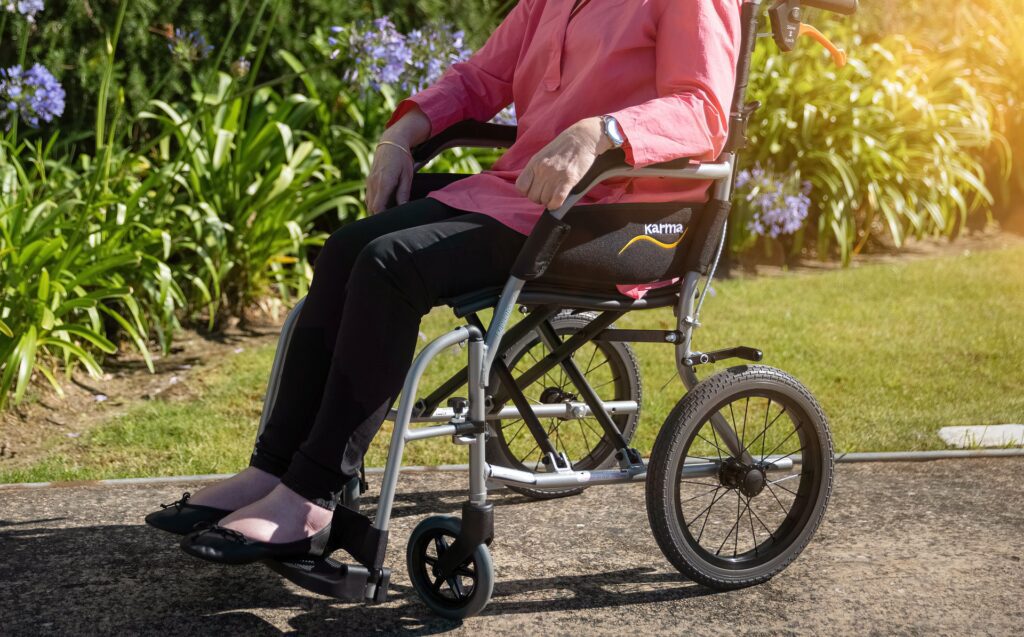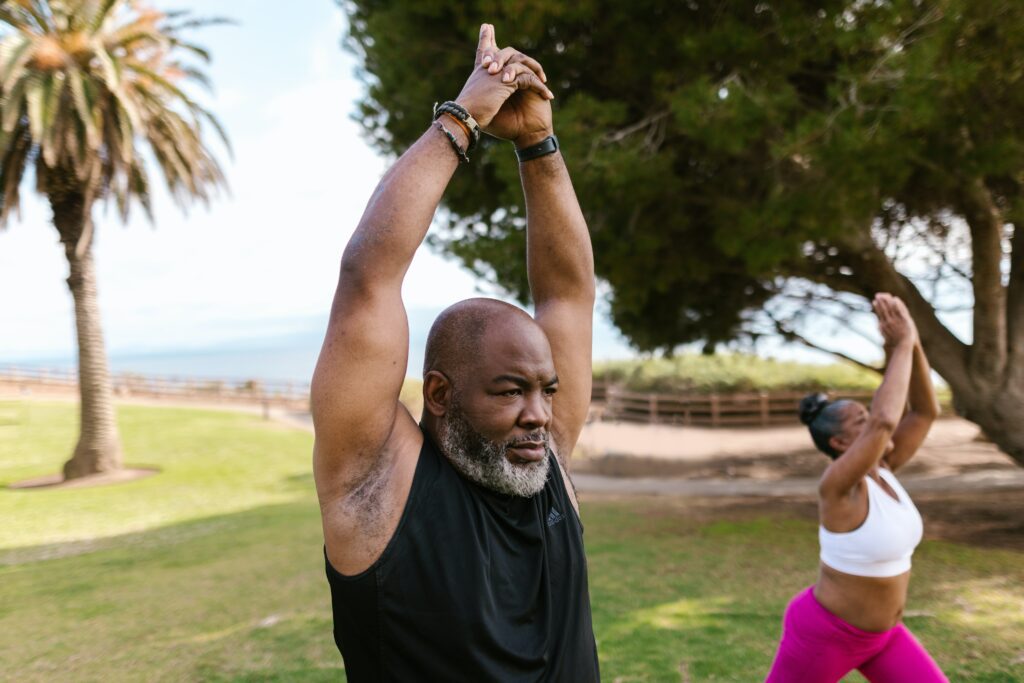Best Choice of Walkers for Seniors
Walkers give seniors a secure means of maintaining mobility, enabling them to retain an active lifestyle.
Walkers are a safe, adaptable, and affordable method for seniors with balance or mobility challenges to maintain an active lifestyle supported by mobility management. Finding the ideal walker may need some trial and error, but being aware of the essential qualities to search for and having options improve the process.
We put together a list of walkers with great ratings for older folks looking for assistance with everything from mobility and balance concerns to recuperating from a stroke or surgery. Learn more by reading on.
The Elderly May Benefit From Walkers
The mobility assistance that walkers provide is the biggest benefit for older citizens. Walkers are intended to keep the wearer steady while traveling, resulting in safer transportation. Seniors may travel short to long distances with the aid they require, thanks to most walkers’ wheels, which can glide over indoor and outdoor surfaces.
By enabling an older adult to continue or restart physical needs such as an activity despite frailty, balance concerns, or an accident, using a walker also provides a physical therapy purpose. Walking offers positive psychological effects and is essential for blood flow and muscular strength.
Walkers are accessible instruments for boosting seniors’ health and wellness since they are usually simple to use and affordable.
How to Select the Best Walker for Elderly People
The aim is the most crucial factor to consider when considering purchasing a walker, and it will define which walker you should choose. While recuperating from knee surgery, a senior who requires a walker for outdoor activities might consider getting an outdoor-type walker with sturdy tires.
Supplemental assistance can help a person keep their independence while aging in place and staying at home for as long as possible while surrounded by the things most important to them. A walker can help your elderly parents be independent and safely stay in their house longer if balance is a problem that increases their risk of falling.
Features to Take into Consideration Before Buying
- Seat: The ability to sit down and take a little break when you become tired while walking is the finest thing about the seat feature. You generally won’t need a walker with a seat if you want to use it indoors at home, but if you intend to use it outside, it is an advantageous safety feature.
- Handlebars: When the plastic hand grips on most walkers wear out, you can purchase alternatives. Plastic isn’t the most comfortable material for your hands, so it makes sense to consider selecting replacement grips that are more comfortable if you plan to use your walker frequently.
- Stability: An appropriate front-wheeled walker is required if you require a lot of help. However, a four-wheeled walker or rollator with a seat is great if you’re searching for something that will increase your endurance and provide a seat to sit on.
- Portability: The capacity to easily fold these lightweight mobility aids is one of the aspects of walkers that individuals find to be most appealing. They fold up for storage at home when not in use and are simple to travel in a car trunk.
- Adjustability: For the best fit and support, alter the handle’s height if it is possible to do so.
- Rating of weight: Most walkers have a maximum weight capacity of 300 pounds.
Senior Walkers: Different Styles
The breakdown of each type of walker is provided below, along with a few of the best-selling items.
- Regular Walker (EZ Fold-N-Go Height Adjustable Lightweight Travel Walker)
A typical walker lacks wheels and needs to be lifted entirely off the ground with each step. A regular walker is a suitable option for a user who cannot bear weight on one or both legs but is nevertheless mobile enough to avoid using a wheelchair.
- Hemi Walker (DMI Folding Hemi-Walker Provides Support)
A Hemi walker has four legs, a straightforward structure, and is smaller than a regular walker. It may be handled with one hand and offers good stability for those with limited dexterity or strength in one arm or leg. People who prefer to move at their own pace without being constrained by regular walkers favor it because of its straightforward design and reasonable pricing.
- Motorized walker for seniors ( RINKMO Rollator Walkers for Senior)
Users can sit and have someone push them until they get too tired to continue walking, including leg rests.
- Walker with a Bariatric Weight Capacity (Drive Medical Two Button Bariatric Aluminum Folding Walker with Wheels)
A bariatric walker may have two or four wheels and a large, extra-sturdy frame that can securely support individuals up to 500 pounds.
How to get through people’s reluctance to use walkers
Even while walkers can help older persons avoid falls, many are reluctant to use them. In a 2017 study, older persons gave the following justifications for not using a walker:
- Afraid for their identity
- Pretending not to require such help
- Anxiety
- Lack of concentration
- Bad fit
- Being inaccessible
Another advantage is that many walkers come equipped with chairs, giving access to areas you may have previously avoided.
You can access your house and community more independently with a walker because you’re not clinging to someone for support.
Conclusion
Maintaining as much freedom as possible is a key component of successfully aging in place. Standing and walking may increase a person’s chance of falling for those with balance or leg strength impairments, significantly reducing mobility.
A walker is a practical, lightweight, and easy-to-use equipment that can lower that risk while enhancing mobility and directly and favorably affecting a patient’s quality of life and independence in everyday tasks.
You can prolong your mobility for years by finding the ideal walker for your needs.






